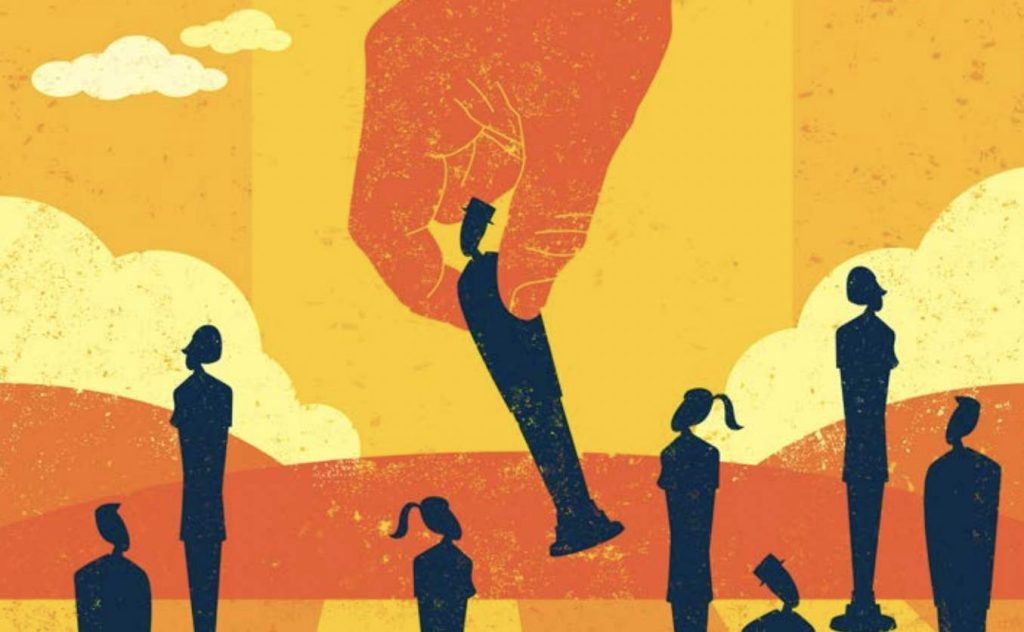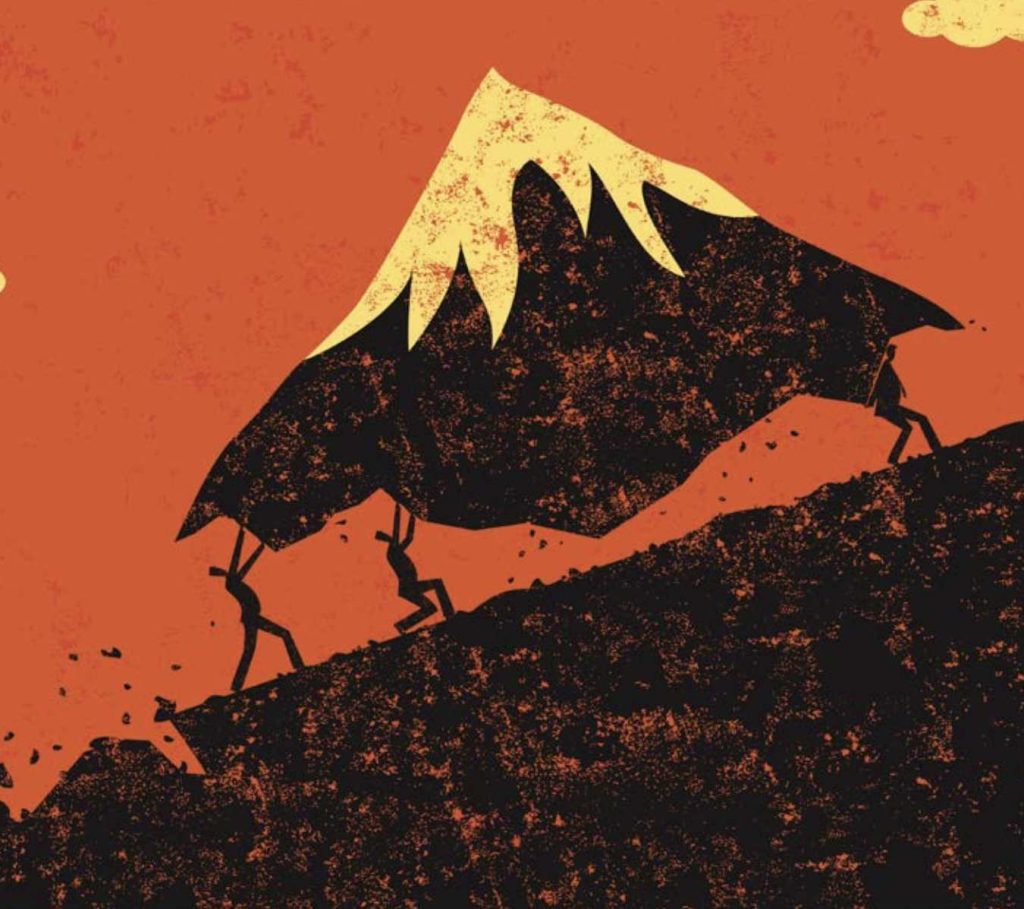
Gamification is more than just a buzzword. When implemented correctly in law firms, it can help you achieve your strategic goals.
You’ve certainly had your fill of articles that open with something like, “The legal industry is experiencing unprecedented change …” so let’s not bore you with those givens. We all know change is coming. The question is, can you get your people to adapt?
Such adaptation is a (not-so-simple) two-part harmony: You need plans, and you need lawyers and staff who fully implement those plans.
According to the Altman Weil 2016 Law Firms in Transition survey, 83 percent of firms surveyed engage in a formal strategic planning process, which means the planning part is generally covered. The bigger issue is found in other data — only 8 percent of law firm leaders feel highly confident in their firm’s ability to keep pace with the challenges of the new legal marketplace. So, even though most firms have plans, 92 percent of firm leaders are not fully convinced they have the ability to turn those plans into results.
For leaders managing with an eye toward the future, fully implementing strategic plans becomes the golden ticket, the major differentiator between otherwise similar firms. With that in mind, the game becomes, how can they raise their performance in that area?
By tapping into people’s natural desires for competition and achievement, you can take something that is potentially tedious and make it enjoyable to do.
According to surveys of millions of workers conducted by the Gallop organization, the best way to improve performance is to increase the engagement of the workforce. For law firms, that means finding ways to fire up the troops, to develop approaches that can turn seemingly low-return, nonbillable tasks into activities they will enthusiastically embrace.
As a leader, you’ve been fighting this battle for a long time. So are there different tactics you can employ to get people more fully engaged in achieving the firm’s strategic goals?
Enter Gamification in Law Firms
One approach that is gaining significant traction in management circles is the use of gamification. Brian Burke, a Consultant with the Gartner Group and author of Gamify, simply defines gamification as “the use of game mechanics … to engage and motivate people to achieve their goals.”
By tapping into people’s natural desires for competition and achievement, you can take something that is potentially tedious and make it enjoyable to do. According to estimates from the Gartner Group, “40 [percent] of Global 1000 organizations will use gamification as the primary mechanism to transform business operations (by 2016).” That’s worth repeating and emphasizing: “the primary mechanism to transform business operations.”
Our corporate cousins are way ahead of our industry when it comes to running a business, so perhaps we should take a page from their playbook by incorporating a tool like gamification into our operations.
How is gamification being used to teach, inspire, remind and accelerate action? The following are several examples from other industries:
- The software company SAP used it to increase employee engagement.
- Sun Microsystems used it for new-hire onboarding.
- T-Mobile used it to create a collaborative community designed to transform customer service.
- In Stockholm, the government used gamification to decrease speeding by fining those who sped. Then, via a lottery, they distributed the proceeds from those fines to those who did not speed in that area.
- Astra Zeneca used it to teach their sales agents about a new medicine.
- A 2,000-person consulting firm used it to help employees learn the names and faces of their colleagues.
- Allstate used it to solicit innovative ideas from their employees.
- Hewlett Packard used it to achieve $1 billion in sales growth over a three-month period.
- Ford used it to help sales and service teams become familiar with car models, financing plans, technologies and options.
- Pep Boys used it to reduce retail loss and increase safety for its 19,000 employees.
- Salesforce.com used it to raise awareness of the importance of security.
- DIRECTV used it to increase knowledge sharing, learning and employee engagement.
- Lawley Insurance used a two-week contest to close more sales than in the previous seven months combined.
- Objective Logistics’ use of gamification increased profit margins by 40 percent.

Once you figure it out, you can tap into a new source of energy, focus and time that can be channeled toward achieving your most important strategic goals.
Now, many of you may be thinking, “My lawyers would never play a game.” But take a look around you. People are playing meaningless games on their phones, they log on to Facebook all day long, and they are highly engaged — some might say addicted — to continue regularly with these practices.
Many of those same people are your lawyers and staff, who are already comfortable with gamified experiences. More specifically, based on surveys I conducted with law firm leaders, some firms have already successfully employed gamified approaches to drive desired behaviors.
One firm was highly aware of one of the major obstacles to such an initiative — the perception there is little time for something “extra.”
“We created the Take 10 Challenge, which was ultimately designed to negate the idea that business development and marketing has to be so time-consuming and complicated,” says Kate Tompkins, Business Development Manager at Lathrop & Gage. “We wanted to get people excited about business development and show them what they could accomplish if they could take 10 minutes out of their day or week to focus on networking and developing new relationships.”
To those of you who have may have tried this at your office and found that it didn’t work, often the culprit is the structure of the gamified process — not the concept itself. Just cobbling together a program that has points, a leaderboard and success badges may not be enough. In fact, the Gartner Group estimated that 80 percent of corporate gamification efforts will fail because of poor design.
It is well worth the effort to build it right the first time, because you may not get a second chance if it crashes and burns.
Gamification Design Elements
There is a ton of science behind crafting an effective gamified solution. For example, in addition to providing external motivators like points, badges and physical prizes (such as cash or other swag), a well-designed approach might incorporate elements like intrinsic rewards — elements that provide a sense of personal satisfaction.

It is well worth the effort to build it right the first time, because you may not get a second chance if it crashes and burns.
In his book Drive, Daniel Pink points out that real change occurs when efforts focus on activating internal drivers like autonomy, mastery and purpose. In fact, truly comprehensive programs take into account factors like game dynamics, motivational psychology, behavioral economics, user experience, user interface, neurobiology, technology platforms and business systems in order to maximize sustainable results.
Using Gamification in Your Law Firm
You are limited only by your imagination and business needs. You can gamify business development initiatives like client service, cross-selling, team activity, conference participation, individual business development, leadership, writing blog posts or publishing alerts, alumni relations, and LinkedIn activity.
Other examples identified in the surveys include:
- Teaching substantive legal skills
- Improving time entry
- Innovation to identify emerging, overlooked and untapped possibilities for the firm
- Increasing billable activity and engagement in collections
- Developing a team approach to problem-solving
- Holding an annual drive to support local charity
Whatever you choose to gamify, best practices suggest starting small, running pilots, and working with the coalition of the willing. Beginning with your early adopters will allow you to gather data and collect successes that can serve as a springboard for wider adoption. Learn from each experience, and apply lessons learned to the next iteration of your rollout.
Once the rollout begins, realize you’re working within a bell curve. Your top 20 percent will stay at the top, and your bottom 20 percent will do very little. Therefore, your best results will come from your middle 60 percent. Focus on this population, and once the process is going, flip on your internal PR machine to keep the momentum going. Lavish praise on those who participate and make progress, and provide acknowledgement at group meetings, in internal publications, and during one-on-one meetings.
You can also stoke healthy competitive fires (individual and team-based) by making results transparent.
“Tapping into lawyers’ competitive instincts worked well for us when we wanted to improve the quality and read-rate of client alerts,” says Betsy Spellman, Chief Marketing Officer at Steptoe & Johnson. “In this pilot project, we tracked their progress on a leader board so the results were transparent. We achieved significant improvement and provided praise and prizes to reward progress. We’ll definitely keep experimenting with gamification to achieve our goals.”
Getting Creative with Law Firm Gamification
Organizations worldwide are constantly looking for ways to improve results, and gamification has become a powerful new addition to their management toolbox. Creating a successful gamified program requires analysis, planning and design. But once you figure it out, you can tap into a new source of energy, focus and time that can be channeled toward achieving your most important strategic goals.
* * *
Originally published by the Association of Legal Administrators, www.legalmanagement.org – April 2017

